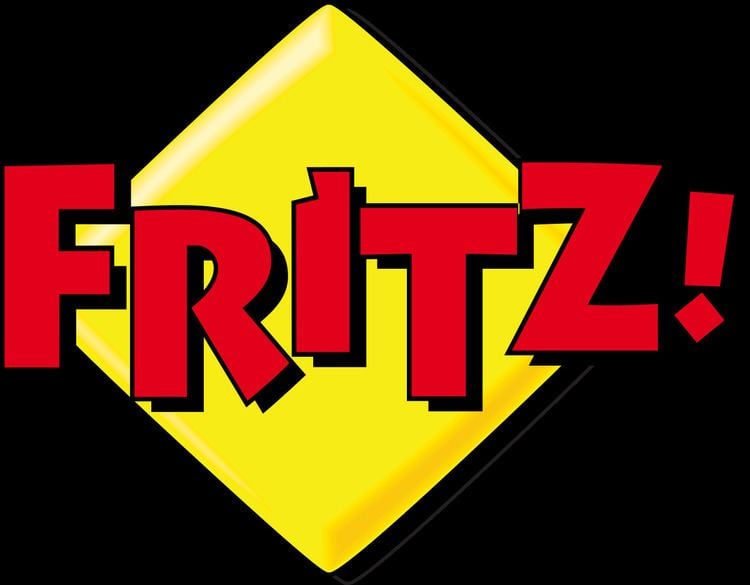Fritz!Box, stylised as FRITZ!Box, is a series of residential gateway devices produced by the German company AVM GmbH. In 2010 it was estimated the series had a market share of 68% of the digital subscriber line (DSL) consumer equipment in Germany.
Typical functionality of Fritz!Boxes includes:
a built-in broadband modem:a DSL modem (most models)a cable modem (6xxx series)a 3G or LTE modem (68xx series)a fibre broadband modem (54xx series)a built-in LAN-WAN router, usually with a network switch supporting Fast Ethernet or, in newer models, Gigabit Ethernetin nearly all models, a wireless access point:in the 2.4 GHz radio band, in accordance with IEEE 802.11b (11 Mbit/s), IEEE 802.11g (54 Mbit/s) and IEEE 802.11n (up to 450 Mbit/s) standardsin many newer models, also in the 5 GHz radio band, supporting the IEEE 802.11a (54 Mbit/s), IEEE 802.11n (54 Mbit/s—450 Mbit/s) and IEEE 802.11ac (up to 1.27 Gbit/s) standardsa PBX, particularly in the 7xxx series models:a built-in SIP client for internet telephony (VoIP)a DECT base station to connect cordless handsetsa SIP server to connect SIP-compliant phones or software devicessupport for physical phones (extensions) connected via ISDN and/or analog interfacesan answering machine and software-based fax (receiving only)in most models since 2006, a USB port to connect external storage or printer which may also be used to connect a e.g. a 3G or 4G mobile modema NAS and a DLNA/UPnP compliant media server in most models with newer firmwareFritz!Box devices operate under the control of Fritz!OS, a specialized Linux distribution, which provides a graphical web interface for user interaction.
Fritz!Box devices with an integrated DSL modem come in three versions. The version for the German market uses an ISDN interface for voice. For the Austrian and Swiss markets the voice interface use traditional POTS and also has a German-language user interface. The international version has a multi-language web interface and has support for POTS and usually ISDN for voice. While the latter two versions support both the most common ADSL Annex A POTS and ADSL Annex B ISDN, the German version offers hardware support for Annex B only, which is the only one used in Germany, with additional support for Annex J in newer models.

